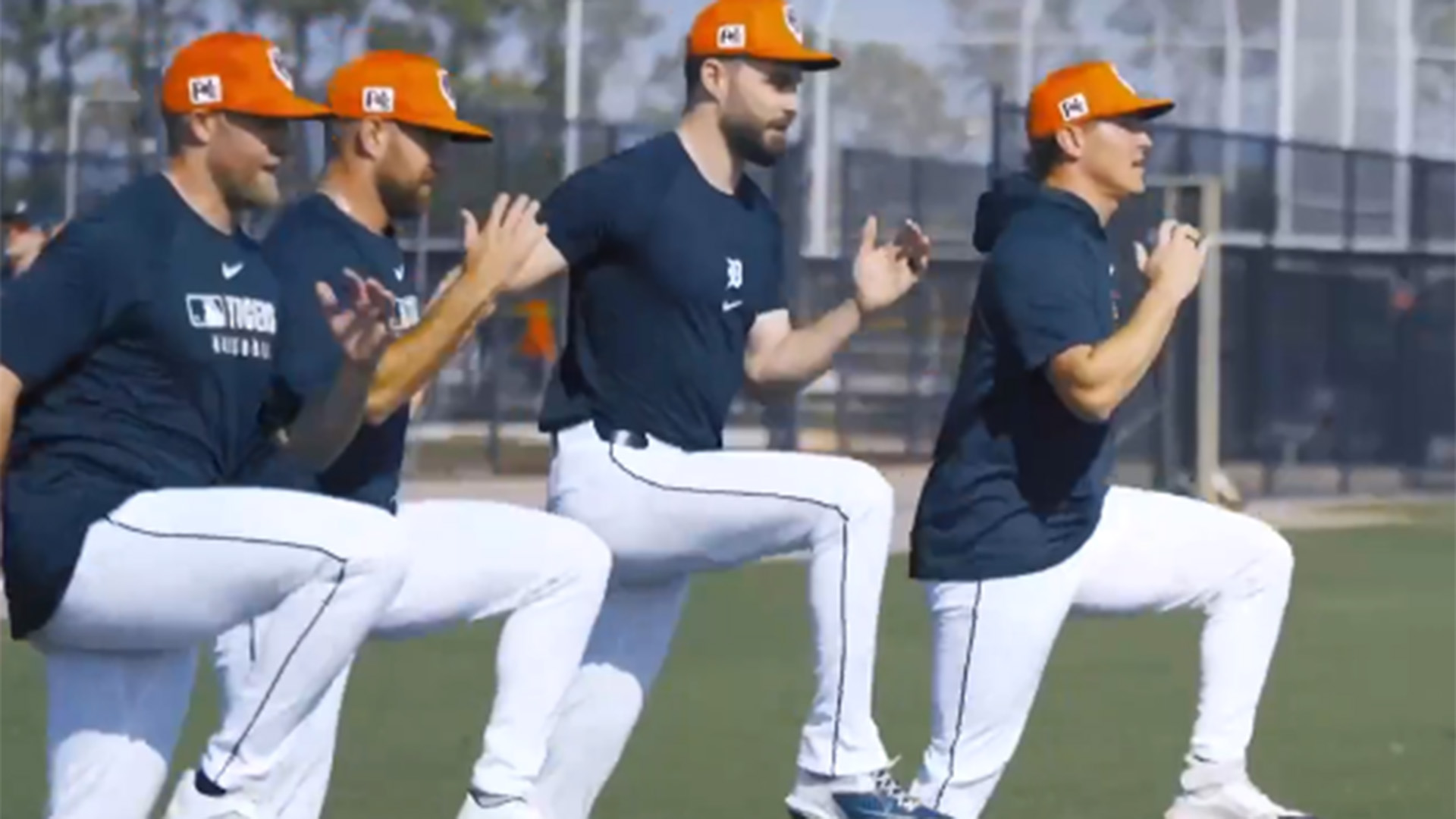LAKELAND, Fla. – After an offseason of courtship, negotiation and speculation, the Tigers did not land free agent Alex Bregman. Now what? If history is any judge, there’s still a bright future for Detroit. In case you missed it, Bregman ended his offseason-long free agent saga Wednesday night by agreeing to a reported three-year, $120 million contract with the Red Sox. In the process, the All-Star third baseman turned down a Tigers offer for six years and $171.5 million, according to MLB.com supervising reporter Mark Feinsand.
The Tigers have been in this spot before, though not with this front office. Detroit has a history of near misses with free agents over the years, some of which turned out to be blessings in disguise and some of which turned out to open other opportunities. Here’s a look at some notable situations: Juan Gonzalez: The former Rangers slugger was supposed to be the superstar to lead the Tigers into the Comerica Park era when Detroit traded for him from Texas as part of a nine-player swap in November 1999. But after Gonzalez saw his home run power and OPS plummet in spacious Comerica, he turned down a reported eight-year, $140 million offer and left as a free agent. He had a bounceback season in Cleveland 2001 but battled injuries before retiring in 2005.
Had Gonzalez taken the extension, the Tigers might not have been able to sign Pudge Rodriguez a few years later. Carl Pavano: The Tigers heavily pursued the former Marlins All-Star after his 18-win, 5.3 bWAR season in Florida in 2004. Pavano and agent Scott Shapiro visited Detroit and several other cities on a well-publicized free-agent tour, but ultimately the Tigers’ interest help raised the bidding for Pavano to sign a four-year deal worth just under $40 million with the Yankees. Pavano made just 26 starts for New York over the course of the deal due to shoulder issues. Steve Finley: That same offseason, the Tigers saw the Gold Glove center fielder as another potential veteran leader alongside Rodriguez for an up-and-coming young squad, but Finley opted to stay on the West Coast and signed with the Angels. Detroit finally found its free-agent match that winter with Magglio Ordonez, and prospect Curtis Granderson eventually took over in center in 2005. Chris Davis: This one was a little different, because the Tigers, who were linked to the Baltimore slugger when he hit the open market after his 47-homer season in 2015, ultimately saved themselves from misfortune. He wasn’t going to supplant Miguel Cabrera at first base, so he would’ve had to move to the outfield in Detroit.
For the outfield, however, general manager Al Avila preferred Justin Upton, signing him to a six-year, $132.75 million deal around the same time Davis reached a seven-year, $161 million deal to stay in Baltimore. Davis endured several seasons of struggles and injuries before reaching a revised agreement to go into retirement in 2021. The Tigers eventually traded Upton to the Angels ahead of his opt-out clause in year two of his contract, the same day they traded Justin Verlander. Of course, like driving Michigan roads after the spring thaw, the Tigers didn’t elude all free-agent potholes. They still signed some contracts that didn’t translate into success, including Dean Palmer in 1998, Fernando Vina in 2003, Troy Percival in 2004, Joe Nathan in 2014 and Jordan Zimmermann in 2015. Their six-year, $140 million deal with Javier Báez has produced 1.9 bWAR through three seasons as the shortstop returns this spring from hip surgery. Still, it’s a reminder that some of the best moves are the ones teams don’t make. Time will tell whether Bregman’s jump to Boston falls into that category or becomes one the Tigers lament. |




